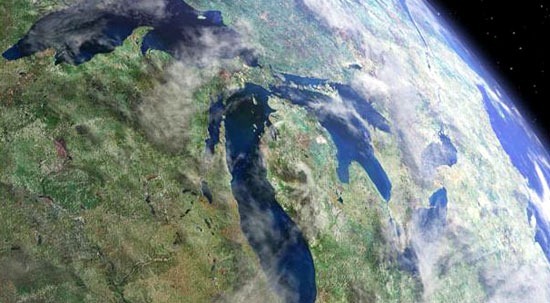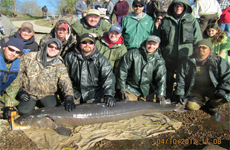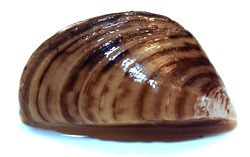Crowdsourced Secchi Depth Data Reveal Changing Clarity of Midwestern Lakes
0Lots of studies rely on data collected by volunteers. These crowdsourced data points show up in projects on bird watching, space travel and, of course, water quality.

Lake Winagra. (Credit: Wisconsin Department of Natural Resources)
Though observers are untrained, citizen science provides a lot of benefits to researchers and volunteers alike:
- The cost of data collection is much lower;
- everyday people get to learn about science;
- projects themselves become a tool for raising awareness of environmental issues, which can bring about new research projects or community action groups;
- and volunteer groups often yield new friendships and connections for those involved.
The potential for mass evaluation also exists. Take a recent study of 3,251 lakes in the Midwest, published in the journal PLOS ONE. Scientists led by researchers at the University of Wisconsin’s Center for Limnology say there simply aren’t enough scientists to collect such a massive data set.

Upper Midwest states in the U.S. and Secchi depth record lengths for all citizen-monitored lakes in the study. (Credit: Noah Lottig and Tyler Wagner via PLOS ONE, a public-access journal)
With the help of citizen scientists, they were able to include nearly 250,000 Secchi depth observations in the study. Measuring water clarity with a Secchi disk is simple, researchers say, and little variation exists between results collected by scientists or volunteers.
After poring through records from state agencies and online databases, there were enough data to evaluate water clarity trends since 1930 in many Midwestern lakes. On an individual basis, some lakes registered reduced clarity, but scientists found that a 1 percent annual increase in clarity was the average for all lakes.
“There’s a lot of information out there,” said Noah Lottig, study co-author and scientist at University of Wisconsin’s Trout Lake Station. “Really, citizen data has been underutilized.”













